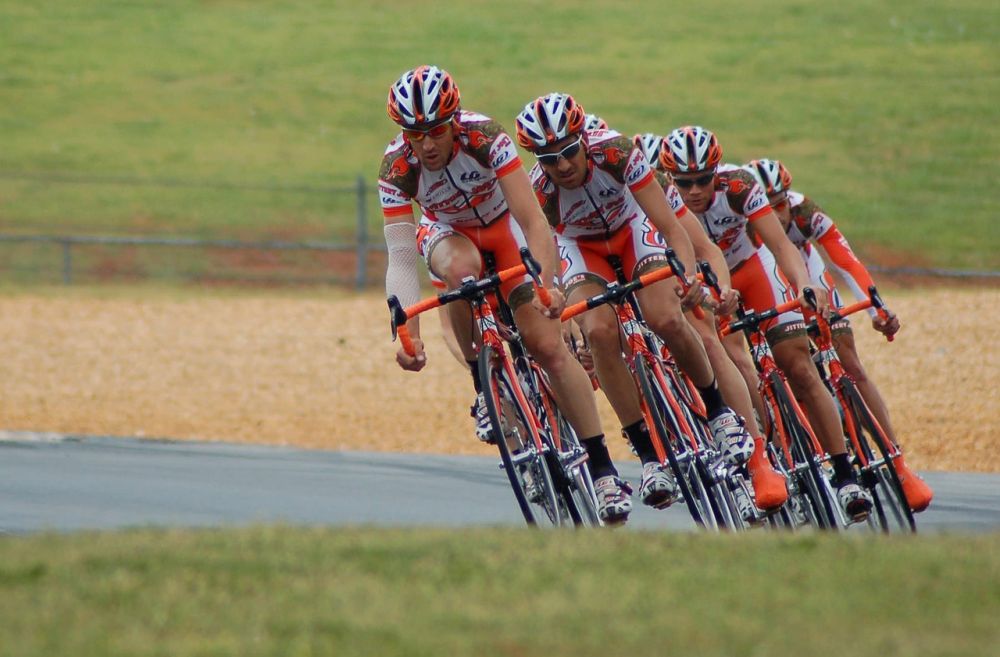Tour de France Standings: A Comprehensive Insight into the Iconic Cycling Race

Introduction:
Tour de France, one of the most prestigious and grueling cycling races in the world, captivates both die-hard sports enthusiasts and casual fans alike. The Tour de France standings play a pivotal role in determining the fate of cyclists as they eagerly compete for the illustrious Yellow Jersey. In this article, we delve into the essence of Tour de France standings, offering valuable insights for individuals with a keen interest in this captivating event.
Understanding Tour de France Standings:

At its core, the Tour de France standings represent the current rankings of cyclists throughout the race. These rankings are determined by various factors, such as the time each cyclist has taken to complete each stage, their sprinting capabilities, and overall performance. The ultimate goal for each rider is to secure the leading position by the end of the race, symbolized by the iconic Yellow Jersey.
Throughout the race, several standings are calculated and updated regularly, providing spectators with an overview of the competition’s progression. These standings include the General Classification (GC), Points Classification, Mountains Classification, and Young Rider Classification. Each classification holds its significance, shedding light on different aspects of the race.
History of Tour de France Standings:
The Tour de France standings have evolved significantly over time, reflecting both the changing nature of the race and the advancements in cycling. Since its inception in 1903, the Tour de France has undergone numerous modifications in terms of distance, stages, and format, consequently influencing the standings.
In its early years, the Tour de France standings solely focused on the General Classification, with the fastest rider being crowned the winner. However, as the race gained popularity and competitiveness increased, additional classifications were introduced to recognize other noteworthy achievements. The Mountains Classification, for example, acknowledges the cyclist who excels in climbing challenging terrains, while the Points Classification identifies the best sprinter.
The Tour de France standings have witnessed several legendary cyclists dominating the race. From the early stages with Maurice Garin to the contemporary reign of Eddy Merckx and Chris Froome, each era has had its own iconic figures who left an indelible mark on this monumental competition.
The Current Format and Points System:
To enhance the competitiveness and overall spectacle, the Tour de France standings incorporate a points system that allocates points based on a cyclist’s performance in each stage. The winner of each stage earns a significant number of points, while subsequent finishers receive fewer points. This system ensures that consistency throughout the race is rewarded, as opposed to focusing solely on the final outcome.
Furthermore, the General Classification remains the most revered and closely monitored standings in the Tour de France. It determines the overall leader based on the cumulative time taken to complete each stage. The cyclist with the lowest total time, indicating exceptional endurance, strategy, and consistency, holds the highly sought-after Yellow Jersey.
[Bullet points for emphasis as a featured snippet]:
– General Classification: Reflects the overall leader based on total time.
– Points Classification: Identifies the best sprinter.
– Mountains Classification: Acknowledges the cyclist who excels in climbing.
– Young Rider Classification: Highlights the most promising young talent.
– Points system rewards consistency and stage winners.
– The Yellow Jersey signifies the General Classification leader.
Conclusion:
The Tour de France standings encapsulate the essence of one of the most captivating sporting events in the world. As an arduous race that spans weeks and tests cyclists’ physical and mental limits, the standings serve as a comprehensive reflection of their skills, determination, and endurance. From its humble beginnings to the grandiose event it is today, the Tour de France has captivated global audiences, making the standings a focal point of anticipation and heated debate. So, as the next edition approaches, keep a close eye on the ever-evolving standings, as they unfold the triumphs and disappointments that define this iconic race.
References:
– “The Evolution of Tour de France Standings.” CyclingTips
– “How to Follow the Tour de France Standings.” Bicycling
















































